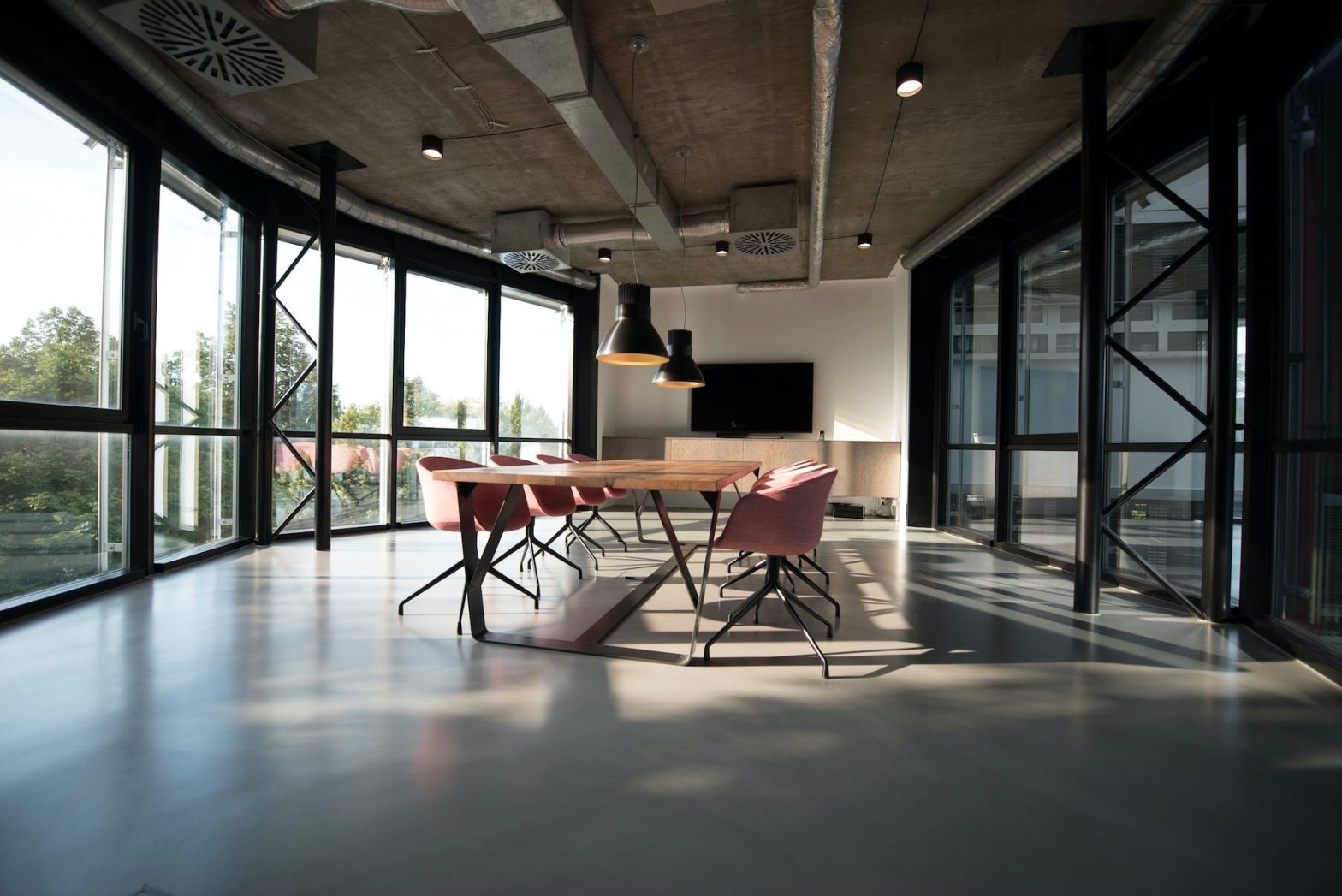Although some people might like to downplay the effects of the pandemic on long-term aspects of society, it is a fact that some things have indisputably changed. And real estate is one of them. Specifically, the office rental market has undergone major changes that you should take into consideration if you’re looking to rent.
This article will provide an overview of several of the major changes that you should keep in mind if you are thinking about renting a space. While the dollar amounts that this will imply will vary from place to place, the trends are noteworthy nonetheless. And although the news looks grim for office workers, it’s not all bad: If you are looking through the office listings for a rental, it’s now much easier to find one.
Let’s now take a look at some of the other trends that are taking place these days.
Hybrid work affects rental space
Although this statement by itself is clear, the extent to which hybrid work has influenced the way employers approach renting is significant. In many places, hybrid working has become a solidified standard. What this means, of course, is that companies want to rent smaller spaces because they will only have a certain percentage of their workforce in the office on any given day.
The ultimate implication of this trend is that many companies are only looking to rent smaller spaces. This leaves realtors who have bigger spaces to offer in a difficult position, because it is becoming harder to fill them.
A recent model scenario conducted by McKinsey projected that office space demand would be between 13-38 percent lower by 2030 than it was in 2019, depending on different types of conditions that people might be living in overall.
The shift in focus is to warehouses and e-commerce
There are other interesting trends taking place in businesses related to the type of spaces that they are looking to rent. As opposed to traditional office spaces, which are becoming more difficult to fill, many companies’ focus is shifting to online business. For companies that sell products, this means prioritizing warehouses for rental, rather than offices.
E-commerce is becoming the name of the game for many companies, and not only offices but malls and other commercial facilities are continuing to suffer more and more in the post-pandemic climate. And while there will certainly be a percentage of the population that miss the opportunity to assess goods up close in traditional brick-and-mortar stores, the unfortunate fact is that many of these businesses are quickly going the way of bookstores.
The trends affect other area businesses, as well
Other effects that are coming about as a result of the decreased need for office space include the fact that restaurants and other shops in what were once office-rich neighborhoods are losing business and, in many cases, closing down. So not only are office rentals themselves becoming less desirable, but the whole commercial atmosphere around them is suffering.
What this means is that certain neighborhoods that were once considered prestigious for all that they had to offer are now losing their appeal. And when the shops surrounding office spaces close down, what office spaces do remain will consequently become less prestigious and ultimately less costly. So this could be good and bad for companies looking for a new space to rent.
Coworking is on the rise
Coworking is also affecting the rental market, and in a similar way to the way hybrid work is. The nature of coworking implies that any given company will occupy less space than it normally would. Especially with coworking spaces having such features as hot desks, funky couches that are shared by diverse people, and flexible meeting rooms, this naturally means that less office space is ultimately needed.
The coworking trend is not black and white, of course. Some groups who really want to create a fancy atmosphere for high-class companies are making spaces into real luxury units. Interiors are becoming more stylish, advanced technology is being added, and in many cases stale walls are being knocked down in favor of snazzy glass dividers and other sophisticated features. Even gyms and pools are parts of these units sometimes.
In these cases, real estate will actually become more valuable. So while companies might not need as much square footage per staff size as previously, the value of whatever property is taken could well rise significantly. What the ultimate implication of this will be on neighborhood costs and other socioeconomic factors will depend on many different things, though. If another pandemic should hit, there could very well be another full-scale move away from the office for some time.
The future will tell
We will see what the real long-term effects of the shakeup in full-time office work will be. While some companies will certainly try to lure their full staff back into the office full-time, it is doubtful that things will go back to anywhere near the levels they were at before 2020. This will ultimately mean decreased prices for office space, less exciting commercial neighborhoods, but perhaps greater opportunities for coworking and unorthodox work settings.
Work will remain collaborative, however. And most people do feel that totally remote work leaves them feeling isolated and like they aren’t really a part of their company. So whatever the future trends hold, they will somehow involve the need for professional workspace.


































